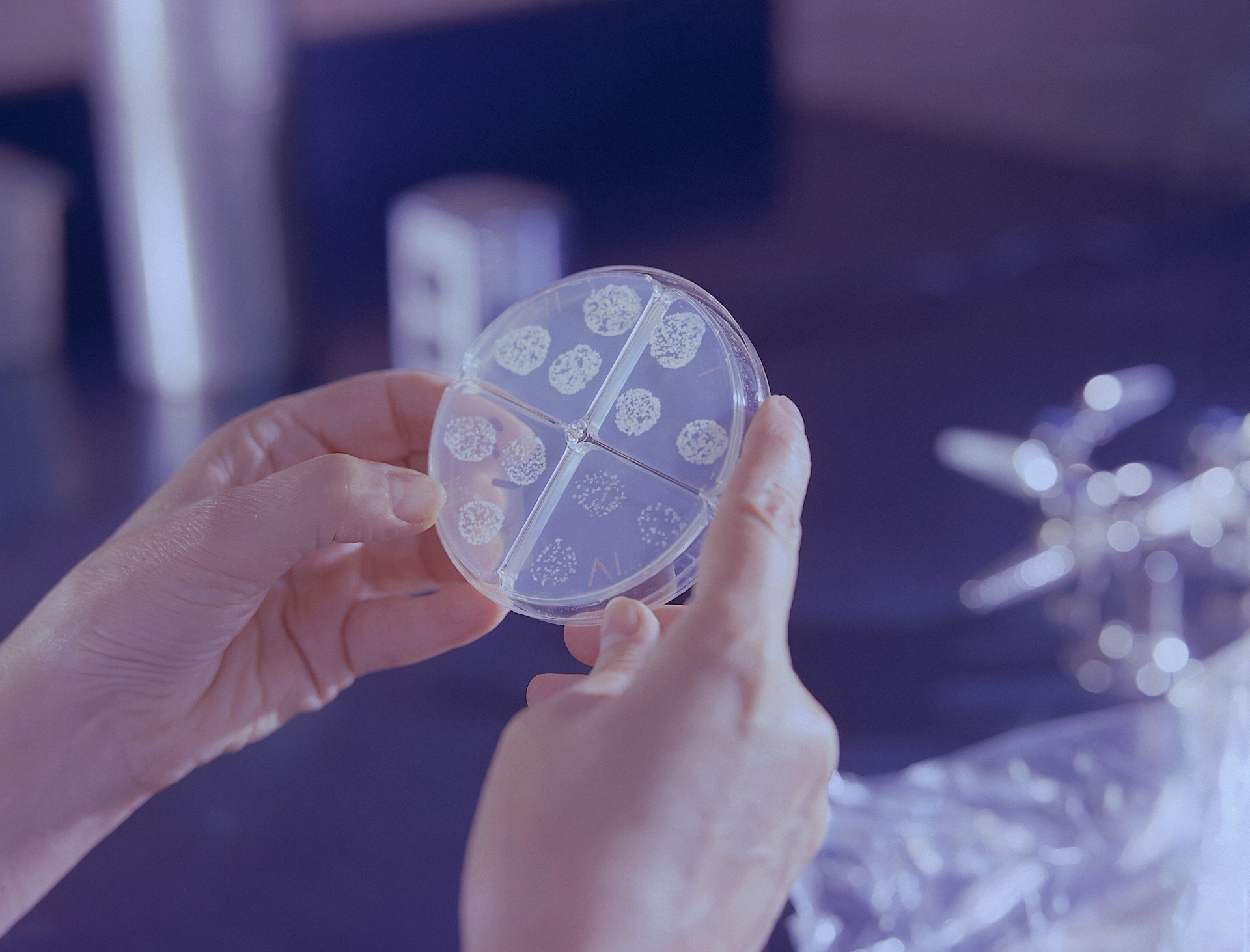
Preanalytical and Embedding Phases in FFPE Tissue Preservation
In the realm of pathology, Formalin-Fixed Paraffin-Embedded (FFPE) tissue preservation stands as a foundational technique, enabling comprehensive analysis of tissue specimens. Two pivotal phases, the preanalytical phase and embedding process, form the bedrock of successful FFPE preservation.
Preanalytical Phase:
The preanalytical phase sets the stage for successful FFPE tissue preservation, beginning with meticulous tissue collection and handling. Pathologists must exercise care in selecting representative tissue samples, considering factors such as tumor heterogeneity and diagnostic relevance. Once obtained, tissues undergo rapid fixation in formalin, a process crucial for halting enzymatic degradation and preserving cellular structures. Temperature and duration of fixation must be carefully optimized to maintain tissue integrity while minimizing artefacts. Timely transport and proper labeling further safeguard specimen quality, laying the groundwork for subsequent analysis.
Embedding Process:
Following fixation, tissues go through the embedding process, resulting in their encasement in paraffin wax. This step is indispensable for facilitating precise sectioning and preserving tissue architecture. Dehydration, the initial stage of embedding, involves sequential immersion in graded alcohols to remove water from tissue samples. Clearing follows, employing organic solvents to displace alcohol and render tissues transparent. Infiltration, the final phase, entails submerging tissues with molten paraffin wax, ensuring uniform penetration for optimal embedding. Precision is paramount throughout these steps, as deviations can compromise section quality and impede downstream analysis.
Importance of Preanalytical and Embedding Phases:
The significance of the preanalytical phase and embedding process cannot be overstated in FFPE tissue preservation. Rigorous adherence to best practices during tissue collection and fixation is essential for preserving morphological and molecular features critical for accurate diagnosis. Similarly, meticulous execution of the embedding process is imperative for generating high-quality tissue sections amenable to microscopic examination. Any lapses or inconsistencies in these phases can compromise the integrity of preserved tissues, leading to erroneous interpretations and diagnostic errors.
